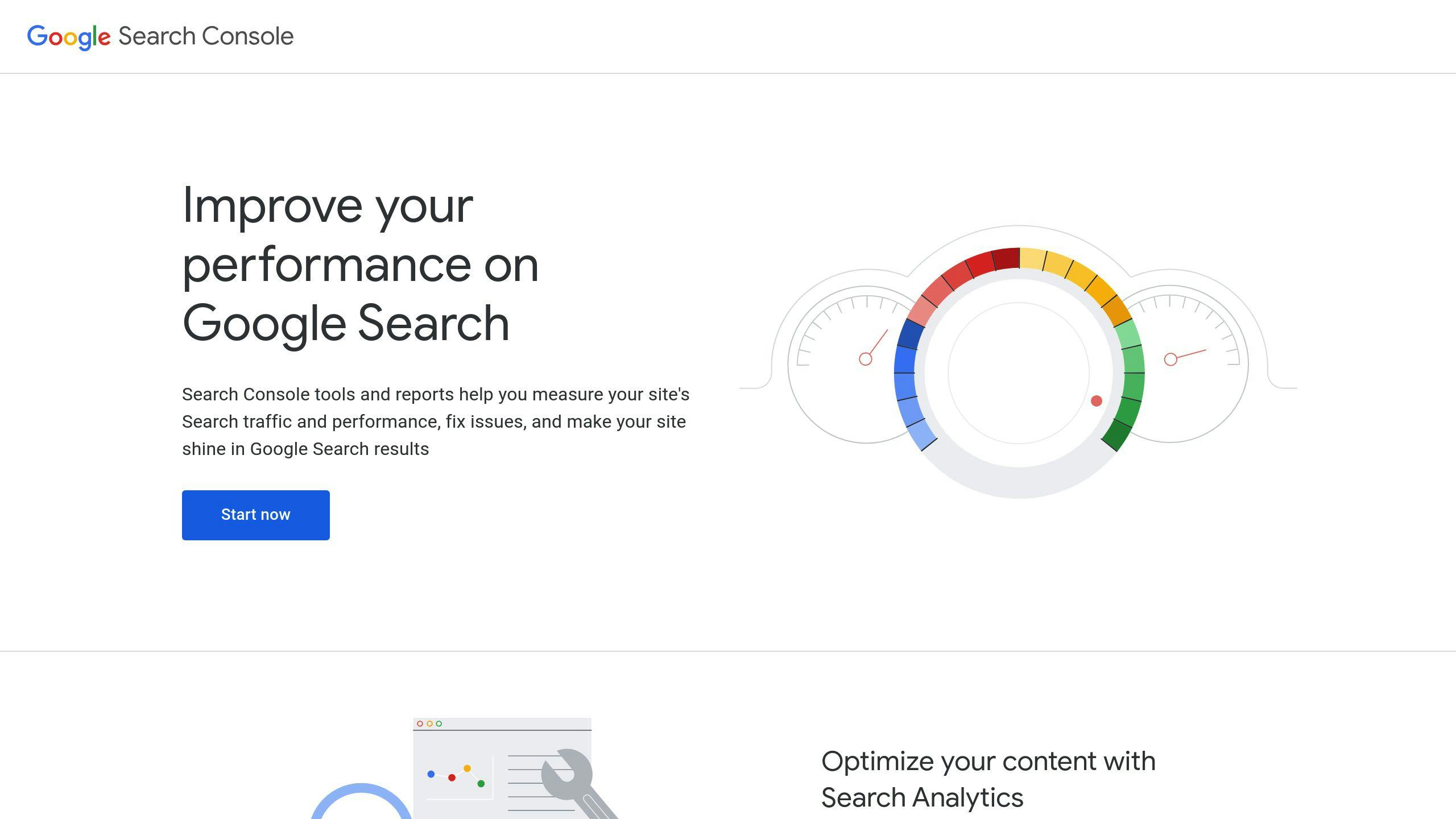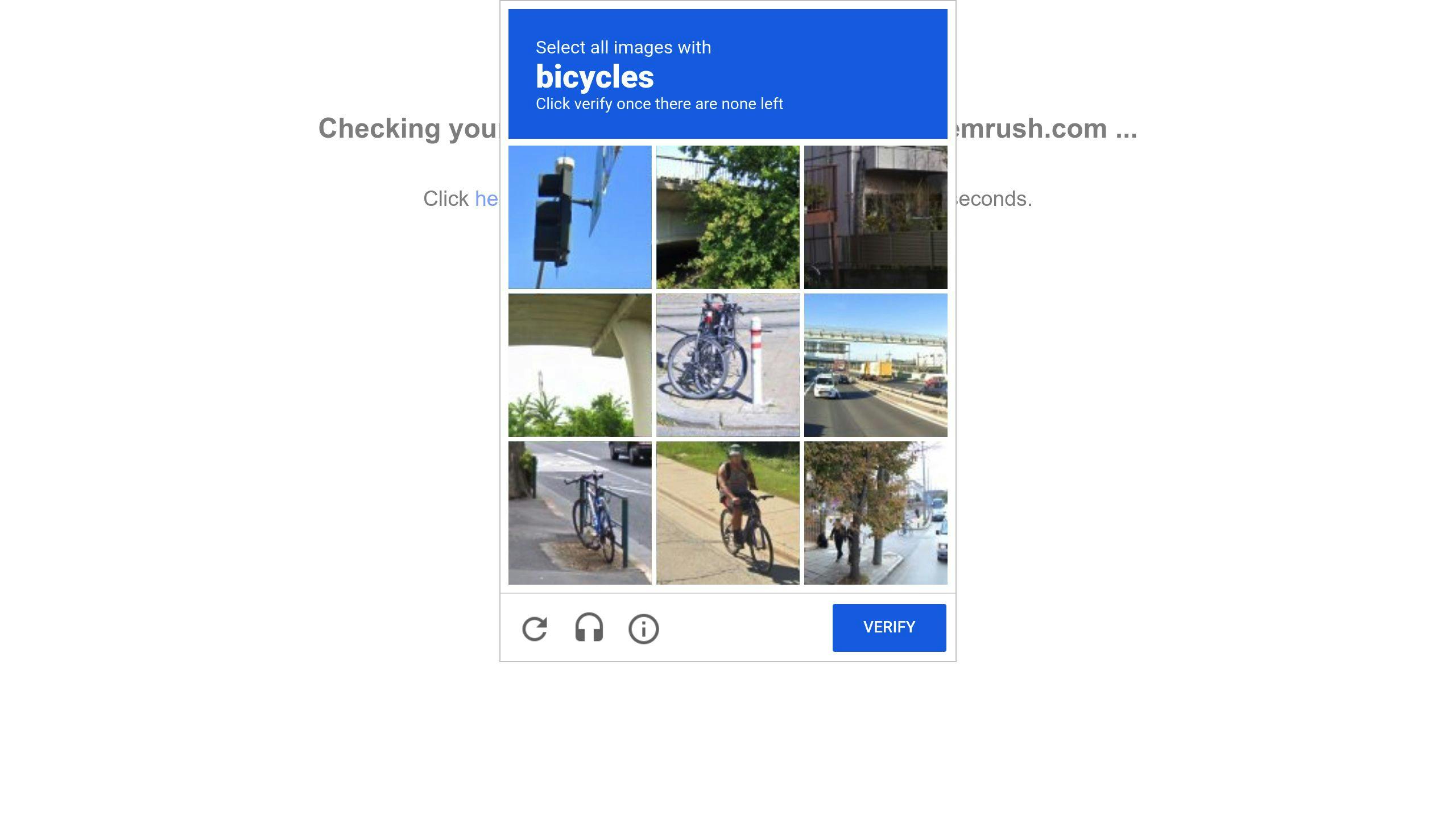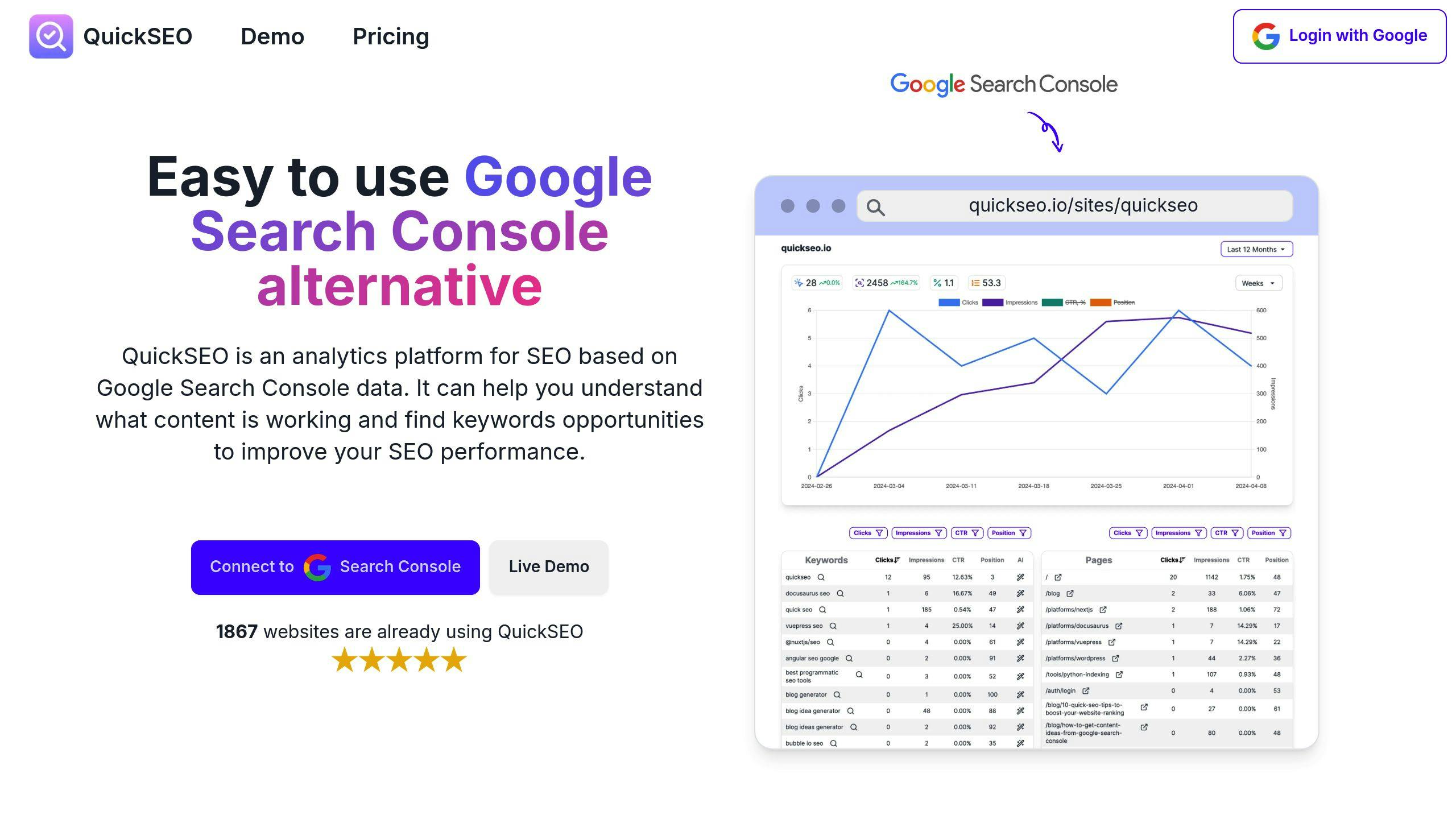
Want better rankings without battling big competitors? Focus on hidden keywords - low-competition, high-intent phrases like "affordable vegan snacks." They’re easier to rank for and bring in highly targeted traffic.
Start by identifying what your audience searches for, then weave these keywords naturally into your content. Track performance regularly to refine your strategy. Hidden keywords are your secret weapon for SEO growth - use them wisely.
Finding those lesser-known keywords requires a mix of creativity and data analysis. These methods help you discover untapped SEO opportunities, giving your content a better chance to stand out in search results.
Long-tail keywords are a great way to uncover hidden opportunities. These are specific, less competitive phrases that let you target user intent more accurately [2].
Here’s how to make the most of long-tail keywords:
| Strategy | Purpose | Example |
|---|---|---|
| Be Specific | Address exact user needs | "organic gluten-free breakfast cereals" |
| Focus on Intent | Solve specific problems | "fix squeaky hardwood floors DIY" |
| Target a Niche | Reach specialized audiences | "vintage motorcycle restoration parts" |
Keywords framed as questions - like those starting with "what", "how", or "why" - are excellent for matching search intent. By providing detailed answers, you can create content that solves problems directly. For instance, guide users step-by-step for queries like "how to improve SEO rankings" [2].
If your business serves a specific area, local search keywords can be a goldmine [2]. These keywords combine location terms with your services and can bring in highly relevant traffic.
Here are some tips for targeting local keywords:
Once you’ve explored these strategies, you can use keyword tools to refine and build out your list even further.
Finding lesser-known keyword opportunities becomes easier with the right tools. Below, we’ll explore how three platforms can help you discover SEO opportunities that your competitors might overlook.

Google Search Console is a go-to tool for analyzing your website’s current keyword performance. It’s especially useful for spotting two types of opportunities:
To get the most out of it, dive into the Performance report's Search Results section. Look for keywords with plenty of impressions but a low CTR, then optimize your pages to drive more engagement.

SEMrush is a powerful platform for competitor analysis. Its Keyword Magic Tool can help you uncover long-tail keywords, while the Keyword Gap Tool highlights opportunities your competitors are targeting that you’re not. Plus, when paired with Google Search Console, SEMrush offers a more detailed view of your keyword landscape [1].

QuickSEO simplifies keyword research, making it a great option for beginners and agencies. It uses AI-driven content suggestions, smart filters, and real-time integration with Google Search Console. This makes managing keywords across multiple sites more straightforward.
After identifying hidden keyword opportunities with these tools, the next step is to weave them strategically into your content.
To use hidden keywords effectively, start by understanding your audience and niche. Dive into your website data to identify content gaps that align with hidden keyword opportunities. Tools like Google Trends and SEMrush can help you spot seasonal trends and shifts in search behavior. Pay attention to the questions and language your audience uses when searching for solutions.
Once you've pinpointed these hidden keywords, the next step is to weave them into your content in a way that maximizes their impact.
Hidden keywords work best when placed in key areas like headers, meta descriptions, and internal links - all while keeping your content natural and easy to read. Here's a quick breakdown:
| Content Element | Strategy | Purpose |
|---|---|---|
| Headers and Body Content | Use long-tail and local keywords naturally | Increases relevance and helps with local searches |
| Meta Descriptions | Include question-based keywords | Improves click-through rates (CTR) |
| Internal Links | Link related content using hidden keywords | Strengthens topical authority |
Certain types of content, like detailed guides, FAQs, and problem-solving articles, tend to perform well with these keywords [2][4]. After adding hidden keywords to your content, make sure to track their performance to see if they're delivering the results you want.
Regularly monitor metrics like keyword rankings, CTR, and impressions to fine-tune your approach. Focus on these areas to evaluate your progress:
You've explored how to find and use hidden keywords effectively. Now, it's all about maintaining and improving your SEO game.
Using hidden keywords successfully combines thorough research, the right tools, and regular updates to your approach. SEO isn't something you set and forget - it's a continuous process of tweaking and learning.
Tools like SEMrush and Google Search Console are great for identifying hidden keyword opportunities. Together, they provide detailed insights into your search performance and help you spot keywords your competitors may have overlooked [1].
A well-rounded strategy includes:
These keywords can help you gain more traffic and improve rankings when integrated naturally into your content. But remember, tactics like invisible text can lead to penalties from search engines, so steer clear of shortcuts [3].
SEO success depends on staying alert to shifts in search trends and user behavior. If you consistently refine your keyword strategy, you'll be ready to take advantage of new opportunities as they arise [2].